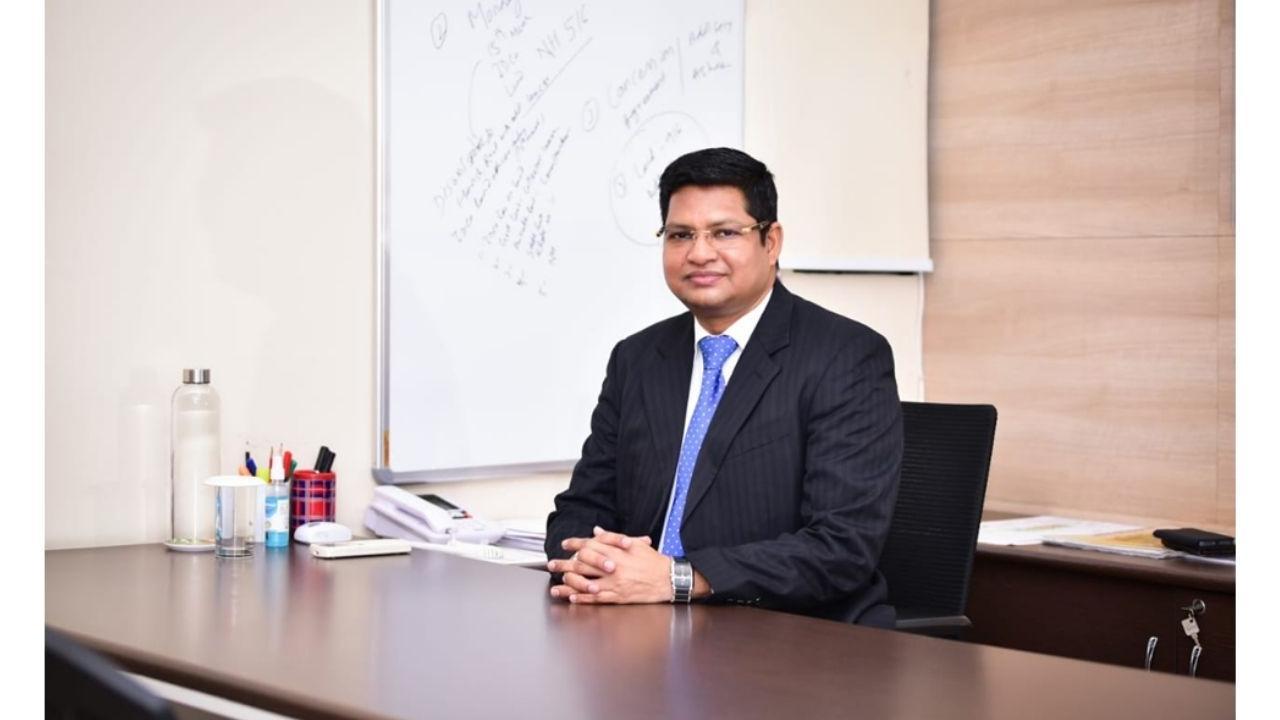'Roti' (food), 'Kapda' (cloth), 'aur' (and) 'Makan' (house), besides health and education, are the basic amenities a citizen of a nation needs to be bestowed with and assuaged. - Dr. Jagdish Chandra Rout.

Dr. Jagdish Chandra Rout
These five primary necessities are always wished and cherished by an 'Aam Admi (common man) to be cheap and affordable so that those basic needs could be availed of like a cup of tea for daily sustenance of one's life.
ADVERTISEMENT
Nevertheless, the painful pricks and pranks played by the inflationary scenario are taking a heavy toll on the common consumers who mostly eke out a living from the sweat of their brows.
Even the monthly-salaried-class employees of the organized sectors, despite reaping benefits of perks and perquisites from time to time, are also reportedly seen to be fuming and frowning at the skyrocketing price hikes.
The term 'Inflation' in the parlance of economics is: "A general increase in prices and fall in the purchasing value of money."
To be more precise: "Inflation is the decline in purchasing power of a given currency over time. The rise in the general level of prices often expressed as a percentage means that a unit of currency effectively buys less than it did in the prior periods. Inflation occurs when prices rise, decreasing the purchasing power of the currency of a nation."
As per the experts, the impact of Inflation may seem small in the short term, but over the course of years and decades, it can drastically erode the purchasing power of one's savings.
Let's throw more light on Inflation's "nine common effects".
The key takeaways of 'Inflation' are:
- The steady rise of prices for goods and services over a period has many effects – both good and bad.
- It erodes the value of cash.
- It also encourages the consumers to spend and stock up on items that are slower to lose value.
- It lowers the cost of borrowing and reduces unemployment.
Inflation generally lowers the borrowing costs when there is no central bank (in India, the Reserve Bank well-known as RBI) or when the central bankers are beholden to the elected politicians.
For instance, suppose one borrows Rs 1,00,000 at a 5% annual interest rate. If Inflation is 10%, the real value of one's debt decreases faster than the combined interest and principal one is paying off.
The experts have observed that the elected politicians in an incumbent government find it electorally profitable to print money, stoke inflation and whisk away the voters' obligations when the levels of household debt are high.
If the government itself is heavily indebted, its elected representatives in power have an even more obvious incentive to print money and use it to pay down debt.
Notwithstanding that, it is generally advised that the autonomous central bank should carry out fiscal and monetary policy-making (here RBI).
Let's now deliberate on the hypothesis of reducing unemployment, i.e., "cost-push inflation". The theory goes: As unemployment falls, employers are forced to pay more for the workers with the skills they need. As wages rise, so does the consumers' spending power. Thus, it leads the economy to heat up and spur Inflation called "cost-push inflation".
On the contrary, some economists view 'inflation' as a positive sign as it is said to help boost consumer demand and consumption and drive economic growth.
Some believe that 'inflation' is meant to keep deflation in check, while others think 'inflation' is a drag on the economy.
Let's now delve deeper into the money matters with glaring instances laced with reported data.
As per the reports, the Wholesale Price Index (WPI) soared up to 14.23% last month (November 2021) in comparison to 2020, and it is reportedly unprecedented and claimed to be the highest since April 2012.
It is a matter of grave concern as the steady price hike has been spreading its tentacles when the economy is claimed to be recovering after the lockdown and several side-effects of the Covid-19 pandemic and its subsequent variants and mutants.
The Omicron variant of catastrophic Coronavirus is currently lurking in the face and bracing up to be back in vengeance.
Inflation measured by the Consumer Price Index (CPI) is the change in the prices of a basket of goods and services typically purchased by specific groups of households. Each summary measure is constructed as a weighted average of many elementary aggregate indices, the lexicon defines.
The CPI tracks the change in retail prices of goods and services households purchase for their daily consumption. It basically gives an idea of the cost of the standard of living.
If the CPI declines, it tends to deflation or a steady decrease in the prices of goods and services.
The prudent experts in the national economy opine that a cosy balance needs to be maintained between the WPI and CPI by the watchdogs in the economic affairs of a republic.
The experts argue in money matters that a healthy and wise monetary policy must be initiated if the WPI is observed to be lagging behind the CPI.
It is reportedly claimed that the WPI is pacing ahead of the CPI, for which the economists are reporting that a long-term requisite monetary policy has to be evolved out and adopted by the Finance Ministry in consultation with the central bank (RBI).
It's high time, "a stitch in time saves nine" as the political policymakers are expected to "cut the coat according to the cloth" because "some books (steps) are to be tasted, others to be swallowed, and some few to be chewed and digested."
Austerity measures on reckless spending and expenditure by the government have to be meticulously affected but not at the cost of the minimum comforts and livelihood enjoyed by the general citizens.
 Subscribe today by clicking the link and stay updated with the latest news!" Click here!
Subscribe today by clicking the link and stay updated with the latest news!" Click here!







